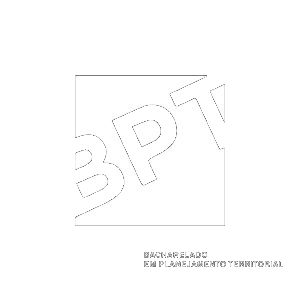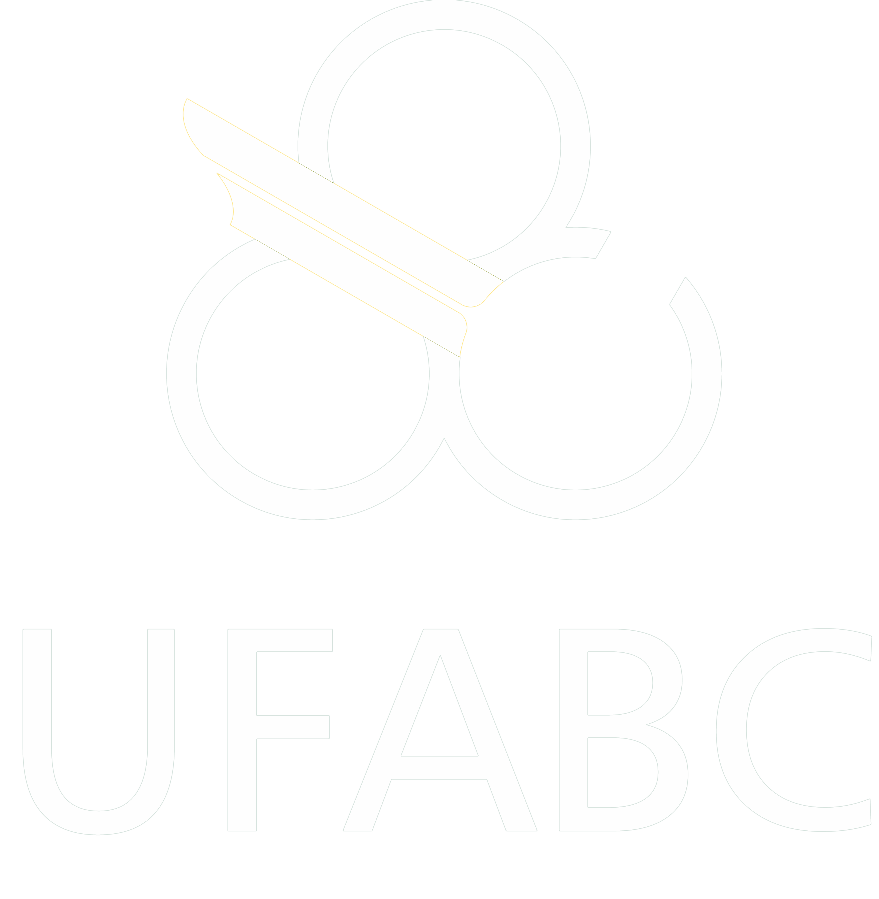Water access cartographies in precarious housing during the Covid-19 pandemic
The general objective of the project was to understand and give visibility to the problems of access and lack of water in low-income communities, in different regions of the São Paulo city, and how these problems can aggravate the health risks experienced by people, especially at the time of the Covid-19 pandemic.
The research was carried out in two stages:
Stage 1
In Stage 1, a Questionnaire on water access was released to the leaders and residents of the communities, over the internet.
See the highlights of the results and access the interactive map to see the data in the Metropolitan Region of São Paulo (RMSP).
Other municipalities that submitted responses were: Carapicuíba, Diadema, Embu das Artes, Guarulhos, Itapecerica da Serra, Mauá, Mogi das Cruzes, Osasco, Ribeirão Pires, Santo André, São Bernardo do Campo.
Also in the municipality of São Paulo, of the total responses, 71.4% indicated some type of problem of access to water.
During the pandemic, according to the responses of residents, the perception of access to water did not change in the RMSP (data collected until June 2020). Of the total 591 responses, people indicated that during the pandemic, access to water:

The problems of water access are diverse and express that the lack of water is experienced for different reasons.
Where the occupation is recent, there is no urbanization or public water supply networks, residents adopt different solutions, such as alternative connections and water storage in gallons. In these areas, the lack of water is quite frequent.
But, even in urbanized areas, where there are public networks, houses that do not have a water tank can be left without public water service many hours at night or day (due to the problem of network intermittency, or pressure reduction) .

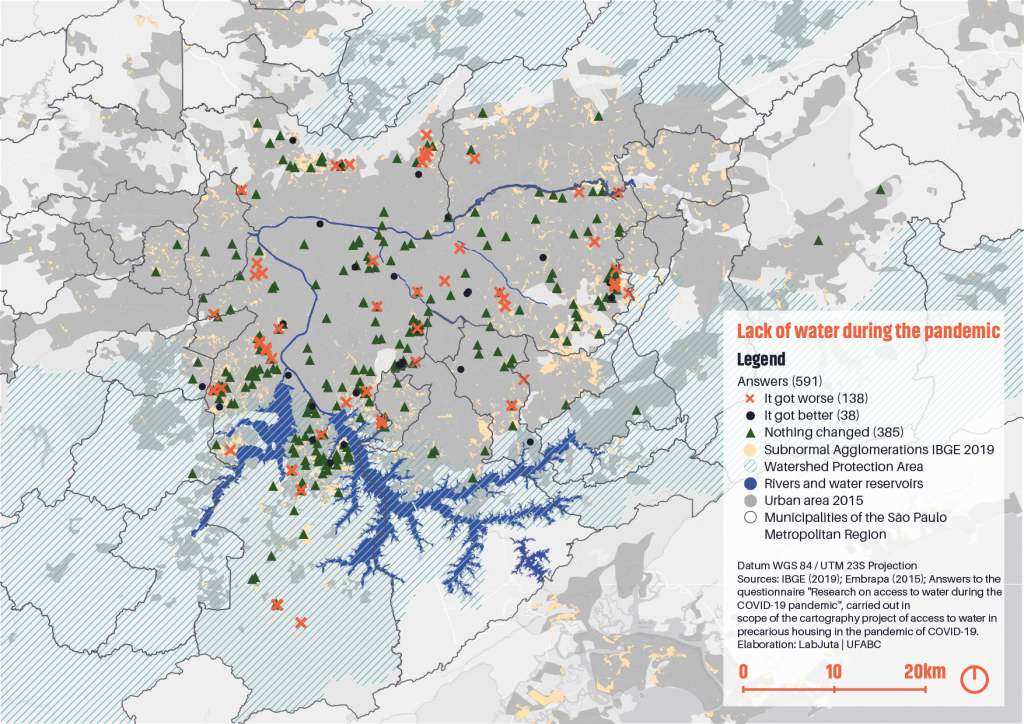

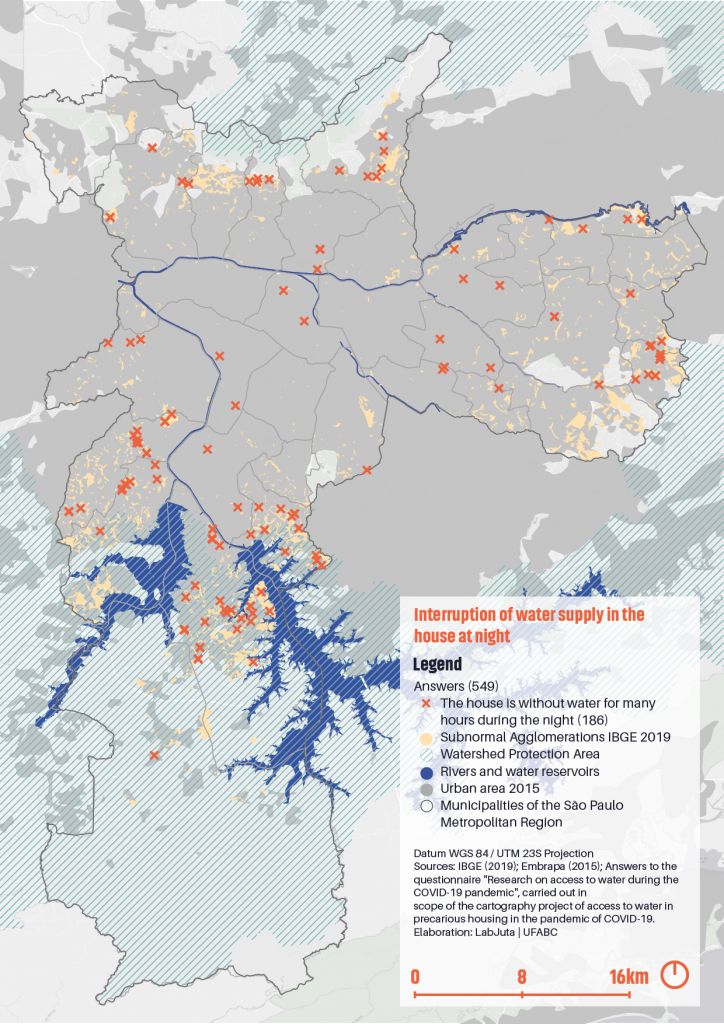
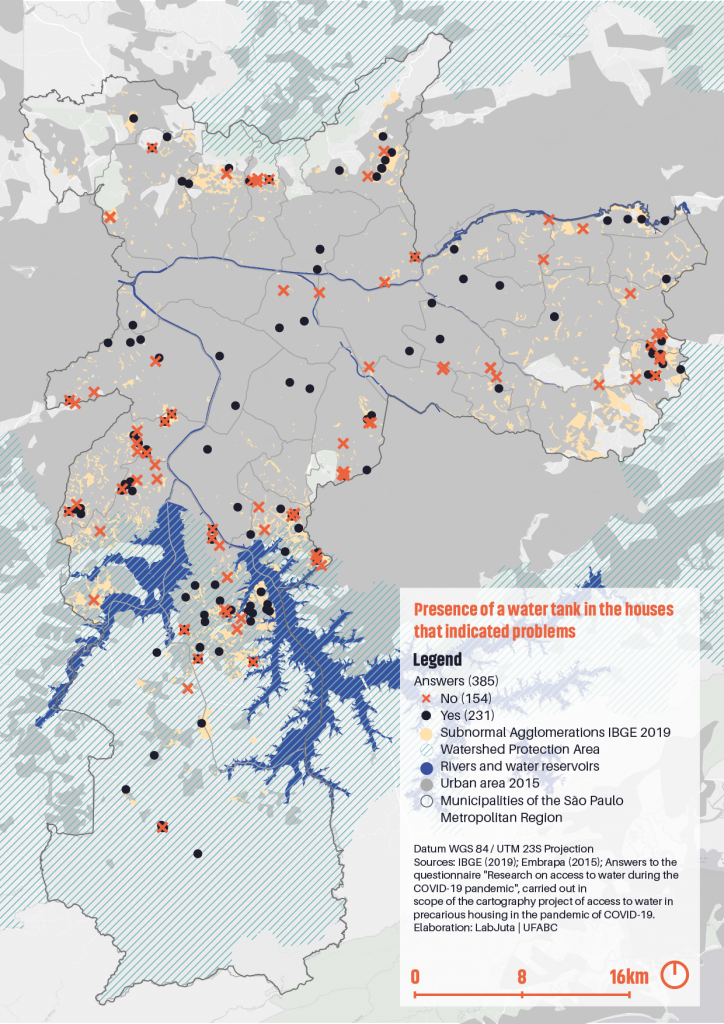
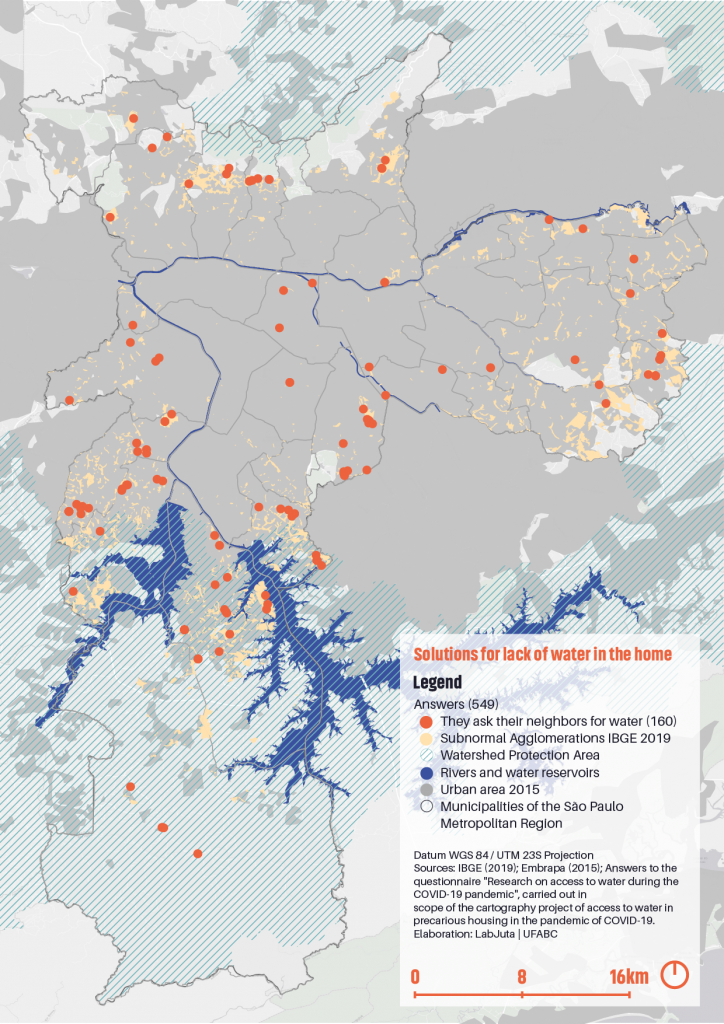
We also understand as problems of access to water the financial difficulties of the family to pay the tariff, the need to use water “borrowed from neighbors or relatives” and the need to buy water for drinking or cooking.
See in more detail in “Stories of lack of water”.
These problems contrast with data from 99.3% (SNIS / 2018) of the population served by the water supply network in the municipality of São Paulo, showing that the water shortage problems go beyond a wide supply network coverage. .


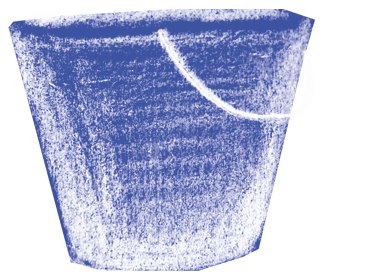



Interviews with residents showed that, regardless of the region of the city, or the type and location of the dwelling (whether it is in a slum, building occupation or young land occupations), the population experiences different problems of access and lack of water. These problems are added to others resulting from social and urban inequality, such as the struggle for housing, the search for work and income and access to health services.
The problem of access to water is not restricted to the lack of infrastructure, but is also related to the financial conditions to pay for the service.
Even with the presence of the public network and water tanks in the house, the lack of water occurs due to an intermittent supply.
The impact of difficulties in accessing water in the daily lives of families is very large: in relation to day-to-day practices, various activities such as bathing, washing clothes and cleaning the house depend on the availability of water; the purchase of water, investment in supply networks or tariff values compromise household income; and it can also lead to health problems and conflicts within the community.
Faced with problems of access to water, residents and groups of residents develop numerous daily practices, from the implementation of self-built solutions for supply, solidarity actions, to demands for sanitation and urbanization with the public authorities.
On the other hand, we realize that these problems of lack of water are part of everyday life and, in many cases, end up not being recognized as problems, such as violation of rights, or are questioned by the residents themselves.
In the second stage of the project, we also sought to identify which actions the government of the State of São Paulo, mainly the Basic Sanitation Company of the State of São Paulo (Sabesp), and the Municipality of São Paulo were taking to improve access to water in the communities.
Para isso, trabalhamos com levantamento de notícias na mídia, nos sites desses órgãos públicos e analisamos as informações de uma Ação Civil Pública que o Ministério Público Estadual moveu em face à Sabesp, cobrando ações nesse sentido durante a pandemia. O resultado desse estudo pode ser acessado no Relatório da pesquisa.
With this survey, it was possible to identify some water tank distribution actions in some mobilized communities, the installation of public washbasins and street cleaning carried out by Sabesp.
Such actions were isolated and disconnected from a broader emergency supply plan, aimed at the popular territories where sanitation problems are concentrated.
The activities responded to the initial claims, but lost strength over the months, showing no continuity.











